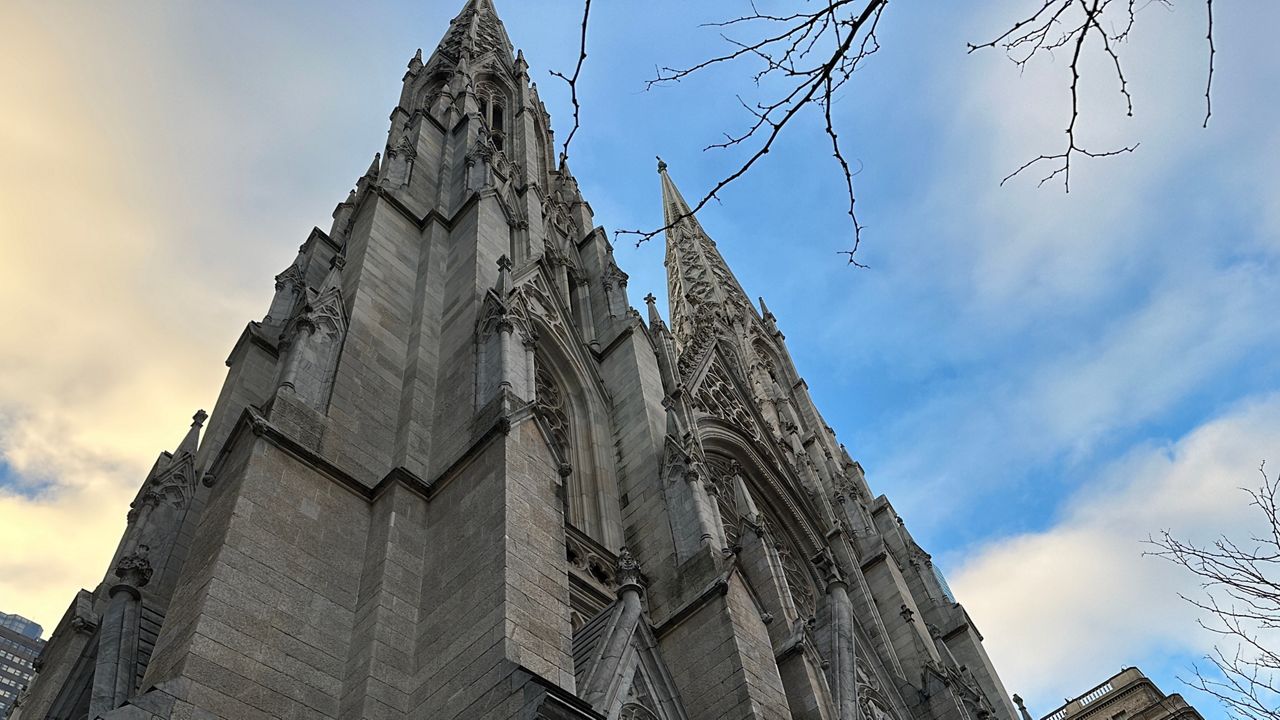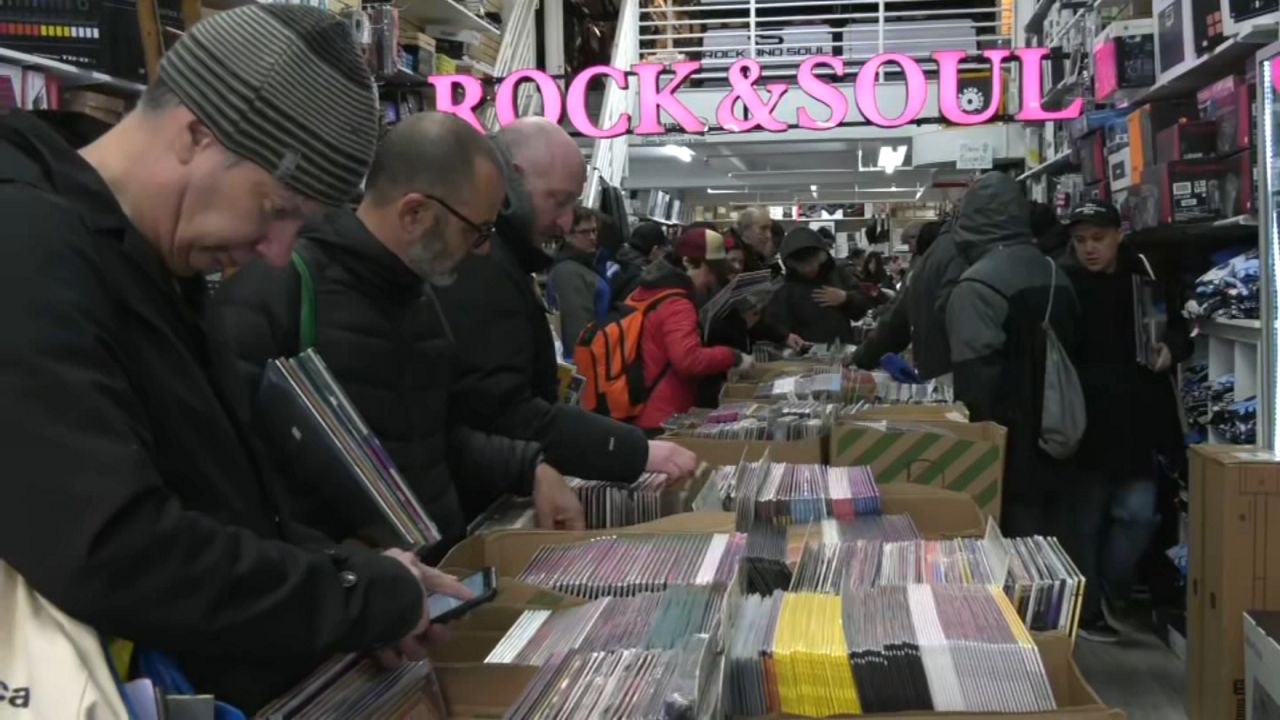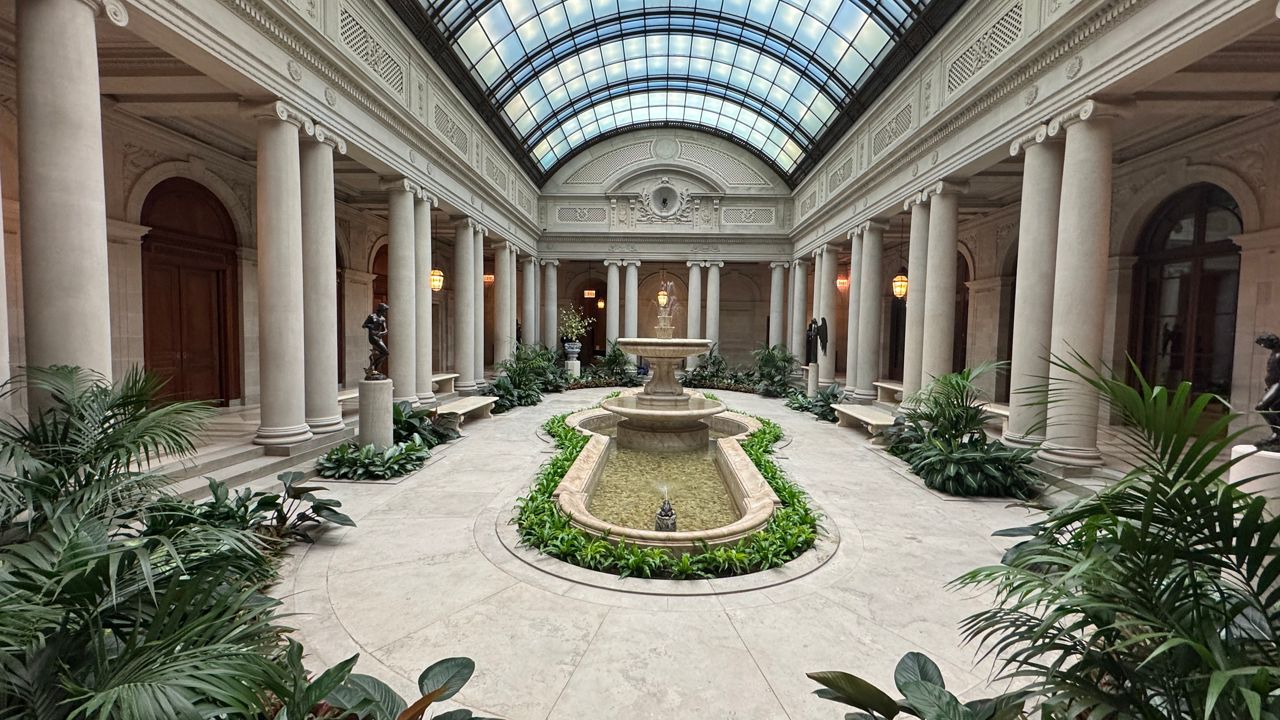It may be the shadiest place in Flushing.
A massive weeping beech tree is located in the park on 37th Avenue bearing its name.
What You Need To Know
- The Queens Historical Society was founded in 1968
- It is headquartered at Kingsland Homestead, a late 18th-century house in Flushing
- The house is located in Weeping Beech Park, where a historic tree planted in 1847 stood until its death in 1998
- A cross-section of the tree was taken and then replanted in the same spot, where a new tree now stands
The tree is part of the legacy of another weeping beech that lived in Flushing for more than 150 years, brought to the area in the 1840s from Belgium through the efforts of horticulturist Samuel Bowne Parsons — Parsons Boulevard is named after him. The original tree, the city's first living landmark, reached 60 feet in height, but died in 1998.
"A cross-section of the tree was taken and then replanted here, and here we have the new version, the rebirth," said Jason Antos, executive director of the Queens Historical Society.
The tree isn't the only piece of history on the property. The property is located behind Kingsland Homestead, a British colonial-era farmhouse built between 1774 and 1785. It was home to the King and Murray families — the Murray Hill sections of Manhattan and Queens are named for the Murrays. The home was moved to the park in 1968 from its original location at what is now 155th Street and Northern Boulevard.
"It was a dollar deal between the Committee to Save Kingsland Homestead and the city of New York. The home was cut into three pieces and moved on a flatbed down Northern Boulevard in 1968, and reassembled here in the Weeping Beech Park," Antos said.
The house is now a museum and is the headquarters for the Queens Historical Society, which was established in 1968.









